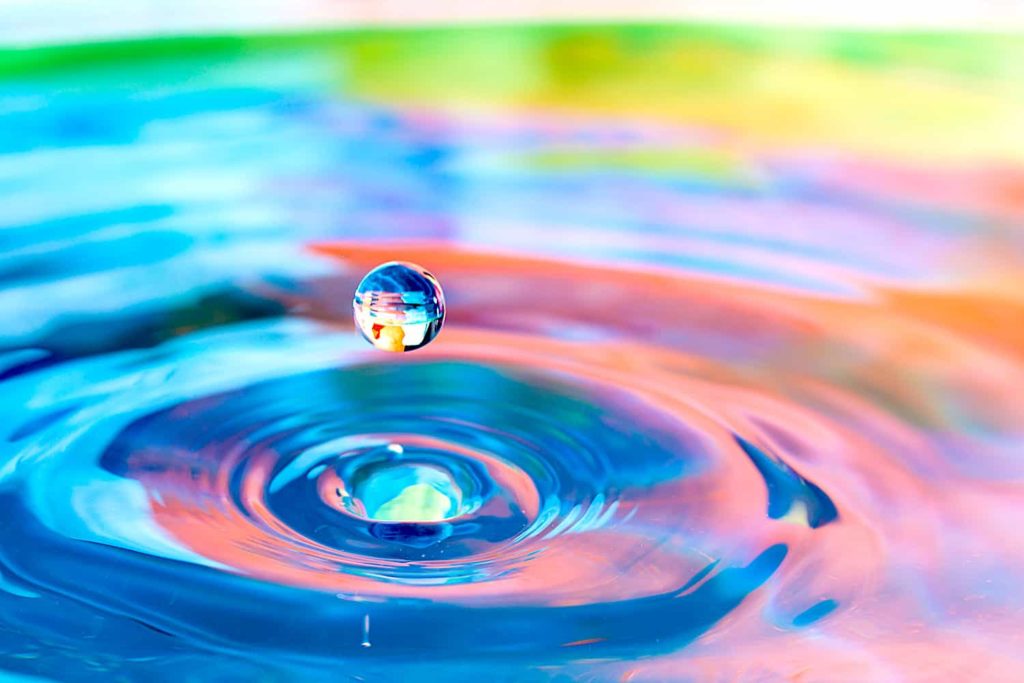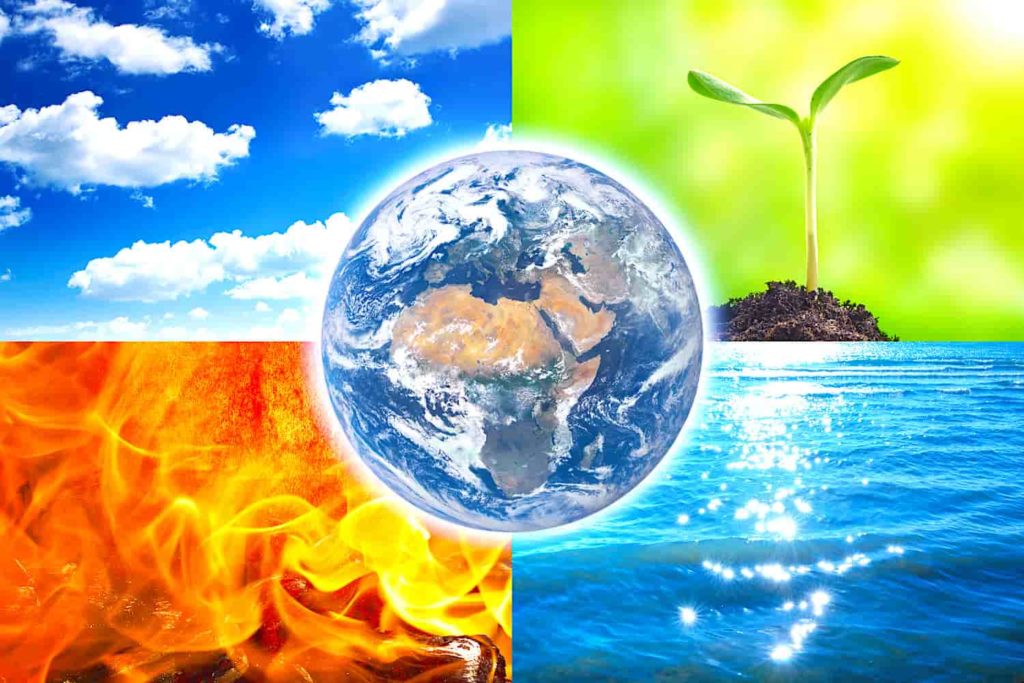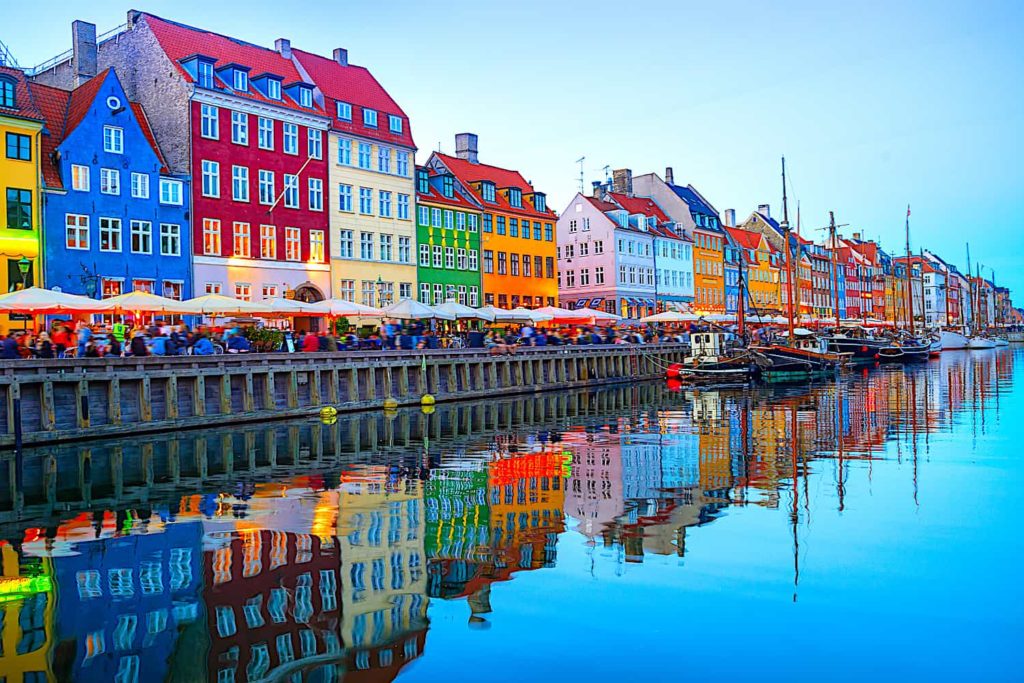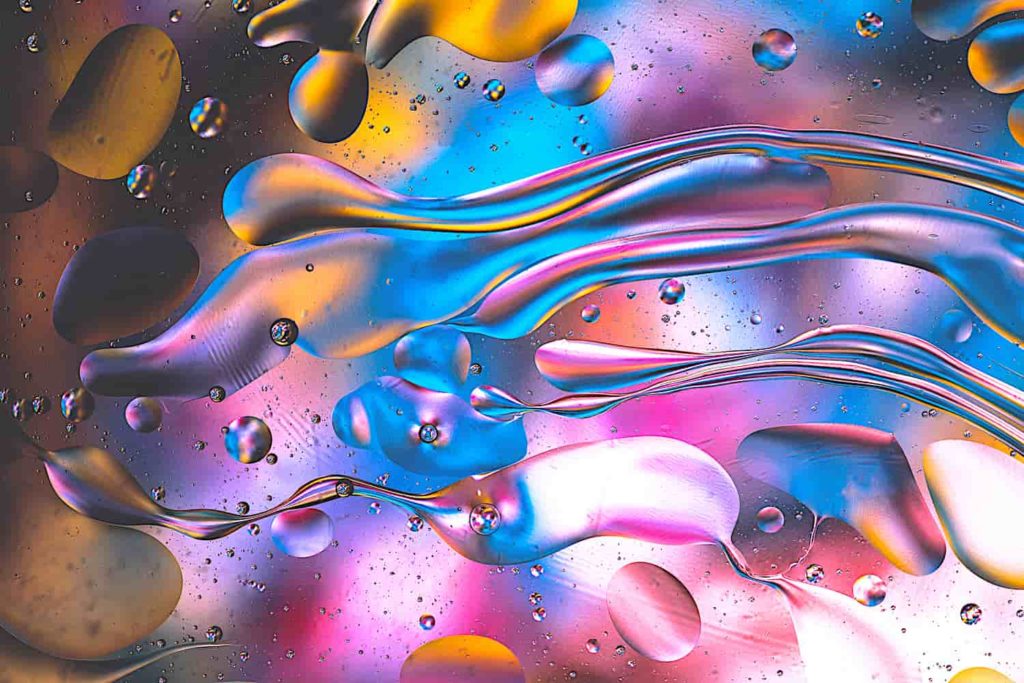
Just Add Water: Elemental Creativity
I tend to overcomplicate things, and that carries over into the ways I try to jumpstart my creativity. As an antidote, I am trying a new technique: going back to the basics.
Many ancient societies developed theories about the basic components of the universe. All things, including living beings, were made up of different combinations of four or five elements. Those traditions differed in their formulations, but the one most familiar to me originated in ancient Greece. Greek philosophers considered all matter to be composed of four fundamental elements: water, earth, fire, and air.

Of the four Classical elements, I have always been most drawn to water, but I had never considered water as a catalyst for creativity. On further reflection, I have concluded that water can both help us get into our creative flow and be an integral component of our creations.
Water and Creative Environments
Most creative people can tell you what kinds of environments inspire them the most, but I think that this depends on individual preferences. I know that being near water feeds my imagination, which perhaps is because I grew up in Minnesota, “The Land of Ten Thousand Lakes.” My husband, who grew up in a desert climate, enjoys being near the water, but doesn’t need it the way that I do.
While people respond to environments individually, there does seem to be a general human desire for proximity to water. This is partly biological as we need water for survival. Cities have almost always been founded near rivers. Waterfront properties are generally more valued, and the most popular tourist destinations tend to be along coastlines. Even in the middle of urban landscapes and arid environments, people install decorative fountains in the absence of natural water features.

Being in or near water helps me (and many others) get into a mindset conducive to innovative thinking. Scientists call this frame of mind “transient hypofrontality,” although it is popularly known as “flow.” There are many ways to get into this state of mind but doing something rhythmic is often conducive. Walking near a lake or swimming laps in a pool are two such activities that involve water and can encourage transient hypofrontality. Sounds and sensations can also trigger this brain state. How many great ideas have come to people while listening to the rain, feeling the pulse of warm water in the shower, or soaking in a relaxing bath?
Water may not arouse creativity in absolutely everyone, but it’s a common enough trigger to be worth trying the next time you are looking for inspiration.
Representing Water
A broad definition of creativity is the ability to make new connections for a productive outcome. One way to challenge ourselves through such connections is to experiment with new or surprising elements. We don’t need to begin a new project to get creative; we can add new elements to our existing creative endeavors, whether in the realm of art, science, business, education, or family. Water is one possible element to add, although not necessarily an obvious one. A related example may be useful.
Recently I have reflected on the creative potential of playing with light. In a previous post, I explored the ways we can enhance our creative practices with light by 1) modifying standard lighting or 2) seeing things “in a new light,” metaphorically speaking. We can do something similar with water.
How can we add water to our creations? I don’t necessarily mean physically pouring water on top of our projects, although there may be instances in which this could be a useful technique. Rather, I think that the idea of adding representations of water does have creative potential.

Examples from the world of the arts can be helpful. If we draw, paint, sculpt, or work in graphic design, we can try adding visual representations of water to our creations. Incorporating water sounds may be useful for composers of music or sound designers. Even developers of fragrances can add smells that evoke the rain or the sea. Challenging ourselves to consider representations of water is one way of upping our creative game, but it isn’t the only way.
Water Abstractions
Perhaps my favorite technique for adding water is to incorporate liquid qualities into our creations. This practice is neither about using physical water, nor is it about representing water through the senses. It is rather the integration of the abstract qualities of water into our concepts, processes, or physical creations.
How often do we use water metaphors or reference water features every day without even thinking about it? We do it through expressions like “I’m drowning in paperwork” or “like water off a duck’s back.” We also do it through the names of certain objects or services, such as “flow charts” or “streaming video,” to name just a few examples.
Taking this into consideration, what are ways that we can make or do things in our creative realms with the abstract traits of water? We could “send things out in waves” or “pool our resources.” Searching for the waterlike elements of our creative tasks might just help us see those endeavors differently and facilitate more creative outcomes.

Whatever our creative challenges, from business to education, we can use water to enhance our imaginations. We can search out environments near water to inspire creative frames of mind. Alternatively, we can incorporate representations of water or make connections to its abstract qualities.
So, the next time you are stuck in a creative rut, you might try to go back to the basics and just add water.